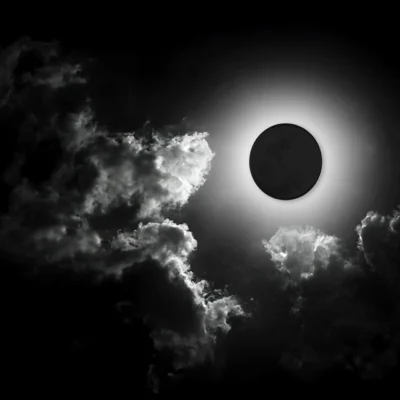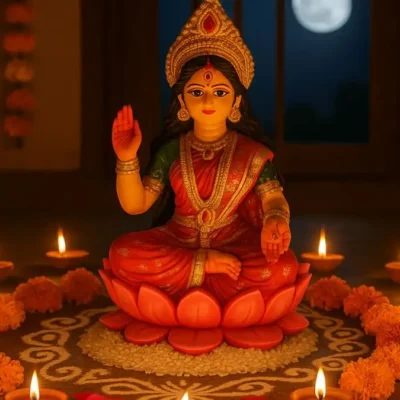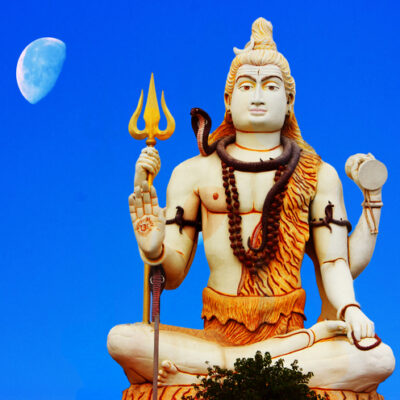Thondanur Sri Nambinarayana Perumal Temple, Karnataka

Address
Thondanur Sri Nambinarayana Perumal Temple, Thondanur, Pandavapura, Mandya, Karnataka 571434
Deity
Nambi Narayana Perumal Amman: Aravindha Nayaki
Introduction
- Location: The Nambi Narayana Temple is situated in Thonnur (also known as Tondanuru), near the famous Melukote, in the Mandya District of Karnataka. Thonnur was once a provincial capital of the Hoysalas.
- Historical Significance: This temple is the first and oldest of the Pancha Narayana Kshetrams, a group of five Vishnu temples established by Ramanujacharya. The temple was built in the 11th century by the Hoysala Kings and follows the architectural style of the Cholas, though it lacks the typical Raja Gopuram found in other temples. The inner prakara and outside walls are built with a solid granite base that has withstood the test of time.
- Other Temples in Thonnur: Apart from the Nambi Narayana Temple, Thonnur is home to two other temples: the Gopalakrishnan Temple and the Yoga Narasimha Temple, both located nearby.
Puranic Significance
- Dwapara Yuga: In ancient times, during the end of the Dwapara Yuga, Indra was afflicted with Brahmma Hathi Dosham after the Sura Sura war. To seek liberation from this curse, he undertook penance and was instructed to install five Narayana idols in this region, which became the Pancha Narayana Kshetrams. Thonnur, as the first and oldest of these temples, holds immense religious importance.
- Pancha Narayana Kshetrams: The other four temples in this series include:
- Cheluva Narayana Temple at Melkote,
- Keerthi Narayana Temple at Thalakkad,
- Veera Narayana Temple at Gadag,
- Sowmya Narayana Temple at Belur.
- Deity and Carvings: The main deity, Narayanaswamy, is flanked by Sridevi and Bhudevi, all carved from a single stone. The pillars in the Navaranga are notable for their ornate designs of flowers and beads, and four of these soft stone pillars are considered precursors to the elaborate pillars seen in the Belur and Halebeedu temples.
Special Features
- Majestic Deity: The deity of Lord Nambi Narayana stands at an impressive height of 18 feet, holding the conch in his right hand and the discus in his left, which is the reverse of the traditional arrangement in Vishnu temples.
- Ramanujacharya’s Influence: The Padukaas of Ramanujacharya are located in the Ardhamantapa, a significant relic commemorating the saint’s contribution to the temple’s history and architecture. Ramanujacharya fled to Karnataka to escape persecution by the Chola kings and played a key role in renovating and consecrating this temple.
- Architectural Marvels: The Maharanga Mantapa is adorned with 50 pillars, and the Paataalankana has 40 octagonal pillars. In front of the temple, a 45-feet high Garudagamba (Garuda pillar) adds to the temple’s grandeur.
- Venugopalaswamy Shrine: Opposite the Nambi Narayana temple is the Venugopalaswamy Shrine, featuring a basadi-like Gopuram and inscriptions in both Tamil and Kannada. The shrine is believed to be older than the Nambi Narayana Temple itself.
Beliefs and Significance
- Vaikunta Moksham: Devotees believe that visiting all five of the Pancha Narayana Kshetrams will grant them Vaikunta Moksham (liberation).
- Unique Features of Perumal: The deity in this temple uniquely holds the conch in the right hand and the discus in the left, an uncommon feature in traditional Perumal (Vishnu) temples.
Festivals
- The temple celebrates two major festivals during the Tamil months of:
- Chithirai (April-May)
- Vaikasi (May-June)
Century/Period/Age
11th century
Managed By
Archaeological Survey of India (ASI)- Karnataka
Nearest Bus Station
Thondanur.
Nearest Railway Station
Mysore
Nearest Airport
Mysore







